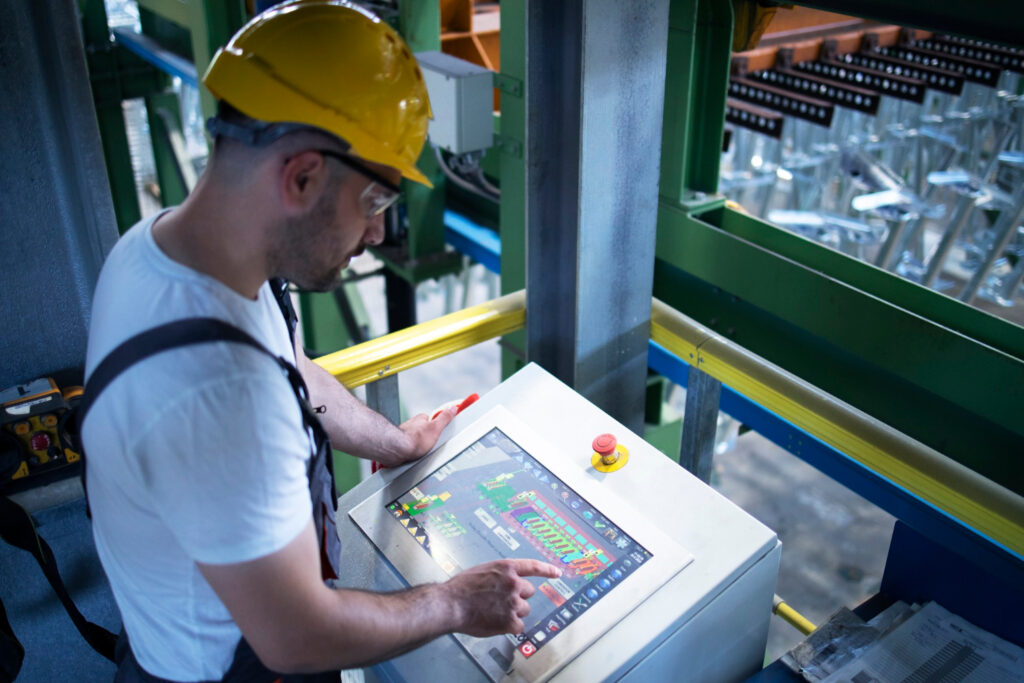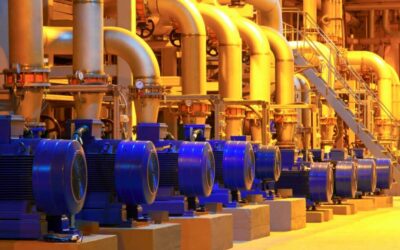Advantages of AI-Based Predictive Maintenance Against Prescriptive Maintenance for Electric Motors in Manufacturing Plants
Manufacturing plants rely heavily on the performance of their equipment, especially electric motors. Unplanned downtime and equipment failures can lead to production delays, loss of revenue, and increased maintenance costs. To combat these challenges, many plants are turning to predictive maintenance, a maintenance strategy that uses data analysis and machine learning algorithms to predict equipment failure before it occurs. In this blog post, we will discuss the advantages of AI-based predictive maintenance against prescriptive maintenance for electric motors in manufacturing plants.
Improved Equipment Reliability
One of the primary advantages of AI-based predictive maintenance is its ability to improve equipment reliability. By analyzing data from electric motors in real-time, predictive maintenance algorithms can detect anomalies and predict potential equipment failures before they occur. This can reduce the risk of unplanned downtime, improving equipment reliability by up to 25%.
Increased Efficiency
Predictive maintenance can also increase efficiency in manufacturing plants. By reducing the frequency of maintenance tasks, such as lubrication and inspection, predictive maintenance can free up valuable resources and reduce costs. In fact, predictive maintenance can reduce the frequency of maintenance tasks by up to 30%, increasing efficiency in manufacturing plants.
Cost Savings
In addition to improving equipment reliability and increasing efficiency, predictive maintenance can result in cost savings for manufacturing plants. By reducing unplanned downtime and optimizing maintenance tasks, predictive maintenance can result in cost savings of up to 20%.
Improved Safety
Predictive maintenance can also help improve safety in manufacturing plants. By detecting potential equipment failures before they occur, predictive maintenance can reduce the risk of accidents and injuries. This can improve safety in manufacturing plants by up to 15%.
Real-Time Data Analysis
Finally, predictive maintenance relies on real-time data analysis to detect anomalies and predict maintenance requirements. This data can provide valuable insights into equipment performance, allowing for continuous improvement of the maintenance process. By using AI-based algorithms, predictive maintenance can analyze data faster and more accurately than prescriptive maintenance, allowing for more efficient maintenance and improved equipment reliability.
In conclusion, AI-based predictive maintenance offers numerous advantages over prescriptive maintenance for electric motors in manufacturing plants. By improving equipment reliability, increasing efficiency, reducing costs, improving safety, and providing real-time data analysis, predictive maintenance can help manufacturing plants stay competitive and efficient in today’s fast-paced business environment.



